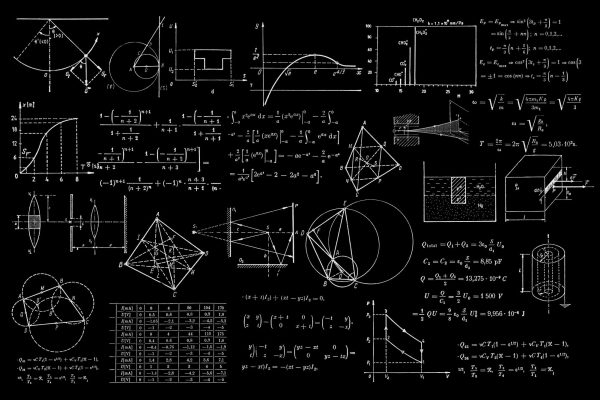3D Printing and the World of Tomorrow
November 1, 2014
3D printing is starting to shift from an incredible but implausible technology of tomorrow to a potentially game-changing technology of today. Recently, the first large-scale electric car was printed as a result of collaboration between Oak Ridge National Laboratory in Tennessee, machine-maker Cincinnati Inc. and Local Motors, a vehicle-maker based in Phoenix in McCormick Place, Illinois. A huge leap from the miniature desk-sized items of the past, the electric car was printed on a machine about 6.5 feet wide and 16 feet long. It was constructed out of 40 parts printed in 44 hours.
So how does this actually work? How is it possible to print in 3D? Basically, the 3D printer is fed pellets of material (in this case, plastic and carbon fiber) which are melted and compressed into a cable-sized piece of string. The printer prints layers of this material on top of each other, and because of the heat of the layers, they stick together. Each part of the car was printed separately (body, hood etc.), and then assembled along with components that cannot be printed (lights, tires, windshield etc.) by a motor company.
3D printing is a huge development in product design. Design becomes more about the creative process itself rather than about limits defined by available resources. The start of large-scale printing projects, such as the McCormick electric car, demonstrates the potential for mass production of 3D projects. This may even encourage energy efficient choices.
Small-scale 3D printing is another interesting avenue. The cost of 3D printers themselves is falling rapidly, making it plausible for us to actually own 3D printers in our houses sometime in the future. With the great increase in accessible design programs like Arduino and Raspberry Pi and crowd-funding marketplaces such as IndieGogo and Etsy, an engineering “revolution” is upon us. 3D printing will further this revolution by allowing for convenient prototyping. Sometime in the near future, we will be able to envision a product and actually see it come to life!












